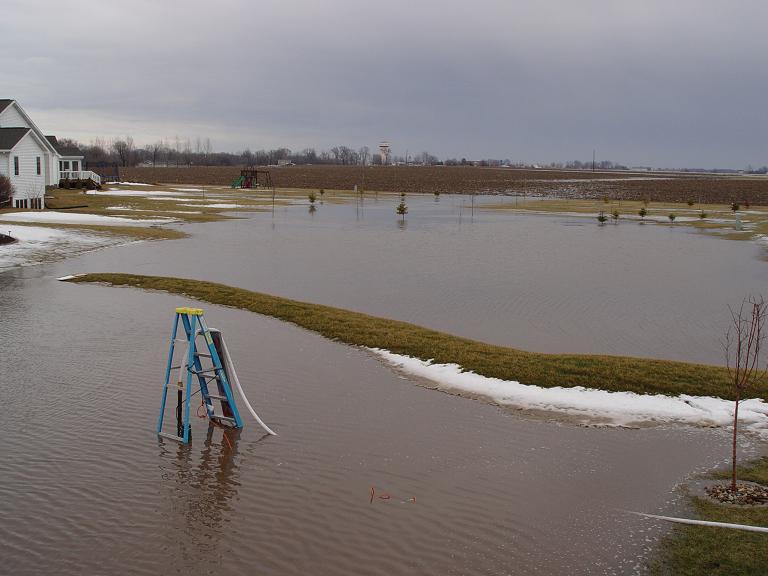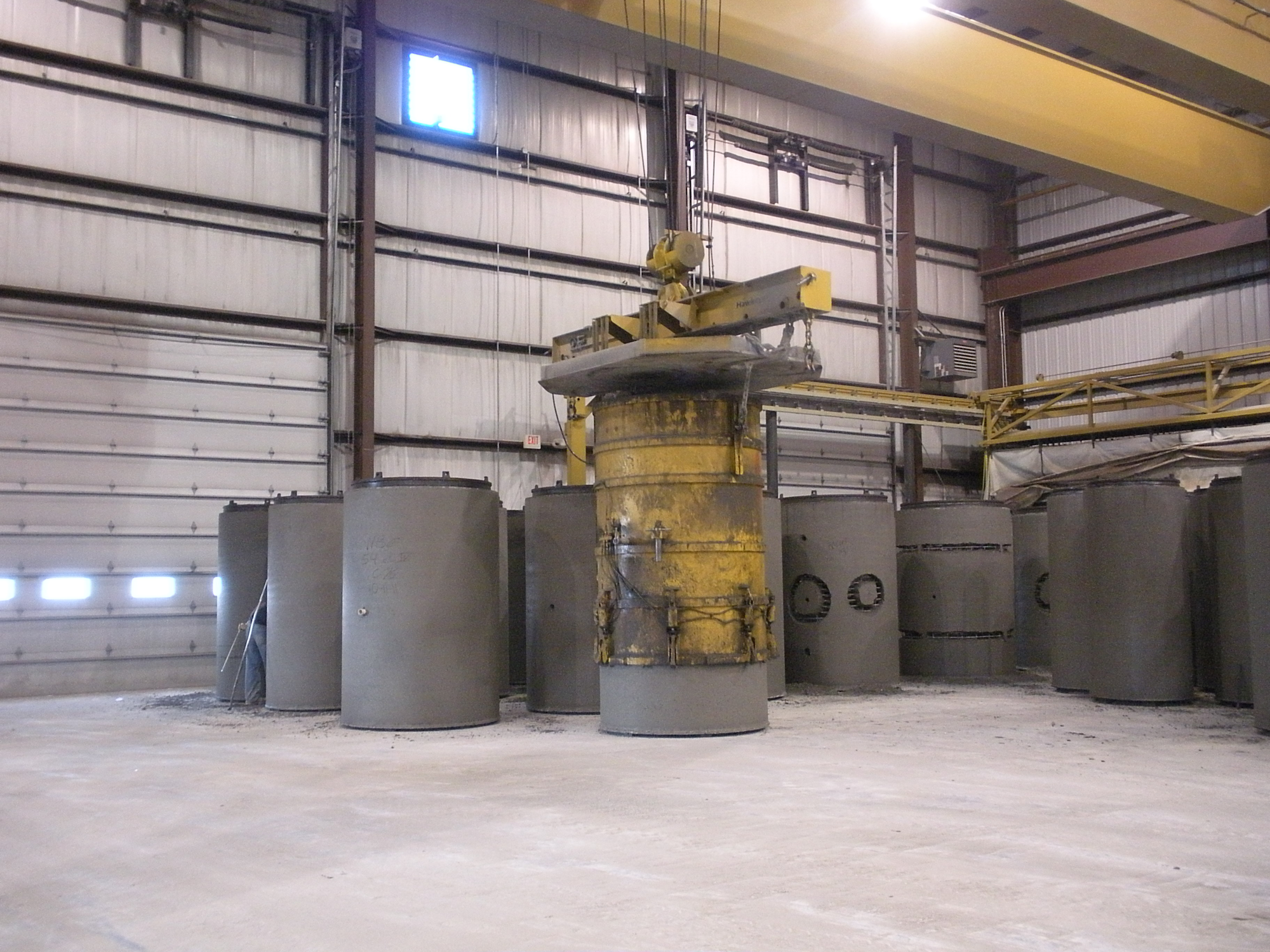Over the last few years the amount of information related to stormwater practices has dramatically increased. Some days it seems like every e-mail, magazine, or flyer I receive covers some topic related to the stormwater industry. However, it wasn’t until this weekend when our area had the worst rainfall event that I can remember, that I started realizing the primary focus of all this is on stormwater quality. And I am starting to wonder why there is such a comparative lack of information or concern over stormwater quantity.
Each time major rainfall events occur, people have to deal with damage to their homes from flooding/sewer backups. They probably are getting fairly tired of having to hear the engineers, myself included, talk about combined sewers that cause basement backups and about stormwater systems or levees that are only designed to handle a certain sized storm. During these events, the last thing on their minds seems to be the water quality of the receiving stream – it’s the quantity of water rushing into their home! Even in New Orleans, the situation was so bad that it seemed the regulations on water quality were waived to facilitate recovery. So at the end of the day, it makes me wonder why we are focusing so much effort on water quality and ignoring water quantity as if it is the ugly stepsister.

I am definitely not saying we should cast aside the focus on water quality issues, but I think it is time our industry starts talking about and including the water quantity issues. Otherwise we are only doing half the job. We need to start questioning the standards under which we design – do they need to be updated to address any climate changes? Do we need to change them because damage to homes and businesses is greater today than in the past and could be high enough to push the design year up some? Should these discussions be done on a regional or national basis? What other professions or industries should be brought in on these discussions?
Then we need to take our analysis and recommendations to the politicians who have the obligation to weigh our advice against the wishes of the people and the state of our economy. Today, I don’t believe the public, in general, is aware of the regulations and policies under which storm sewer systems are designed; they have a false sense of security that the pipes will always handle the water. Then when they do not, everyone gets upset. Engineers, along with politicians, need to do a better job educating the public about how these systems are designed, the consequences of those design policies, and the costs for preventing or alleviating flooding. Only after careful consideration of this information can the people convey the right decision to their government representatives.
Then when all parties have weighed the evidence and considered all possibilities and choices, our industry can establish a new guideline for stormwater control that not only addresses water quality, but the quantity as well.
(And by the way, my first recommendation is to figure out a new way of referring to the type of storm event instead of saying it was a “500-year flood.” A local politician from a neighboring community was quoted in our paper complaining how he couldn’t understand how they knew it was greater than a 500-year flood because the town hadn’t been around that long. That terminology is not helping public education efforts.)


